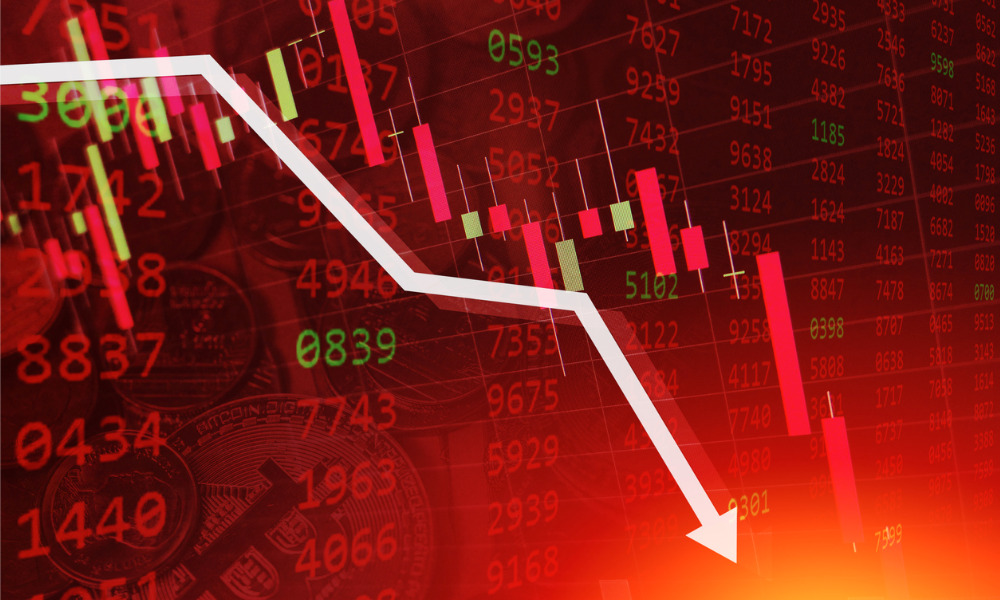Industry expert says this contraction may not be as hard to predict as many investors think

This recession is busy ripping the heart out of the bull market investors have basked in for the past decade. The economic impact of the COVID-19 pandemic has decimated growth, left many out of work and forced companies into survival mode.
Canada’s output plummeted in the first three months of the year, with more severe damage expected in Q2. These are times of heightened uncertainty but one economist believes this recession might not actually be that hard to predict.
Darrell Spence, of Capital Group, said there are five recession realities to keep in mind. Firstly, that we’ve been here before … sort of. The largest post-1950 quarterly GDP decline was –10% in the first quarter of 1958 amid the 1957–1958 recession, which resulted from a number of factors, including a flu pandemic.
Spence said that while the makeup of the present-day economy is much different, the U.S. is not unfamiliar with pandemic-related economic turmoil and, back then, the economy bounced back strongly in the late 1950s with growth surpassing 5%. This time around, Spence believes a bounce back in activity could begin as early as this month in some sectors and more broadly in the third quarter.
The second recession reality is that the majority tend to be short, while subsequent expansions have been powerful.
He explained: “The good news is that recessions generally haven’t lasted very long. While this time may be different, our analysis of 10 cycles since 1950 shows that recessions have ranged from eight to 18 months, with the average lasting about 11 months. For those directly affected by job loss or business closures, that can feel like an eternity. While there's no way to minimize that feeling, investors with a long-term investment horizon should try to look at the big picture. The average expansion increased economic output by 25%, whereas the average recession reduced GDP by less than 2%.”
The third factor is that the recession – and ability to emerge from it – is all about the consumer. With everyone staying at home, the hit to the economy is no surprise and while fiscal stimulus will help, this frugal mindset will likely continue for some time.
One glimmer of hope – and the fourth recession reality – is that lower oil prices may prove to be a tailwind for the economy. May oil contracts turned negative in April as producers scrambled to find storage for bloated supply stores but Spence believes that while the negative impact of lower oil prices is likely to be felt in oil fields, lower energy prices can boost consumers and transportation-heavy industries.
The final factor, according to the economist, is that timing may not be everything. Investors who sit on the sidelines waiting for the all-clear and for stars to align are missing out on market gains.
He said: “Since World War II, in recessions with a corresponding equity correction, the S&P 500 has bottomed, on average, three months before the end of each recessionary period. It’s little solace to investors who have endured market volatility, but even as the economy weakens, there are opportunities to invest in great companies at a discount.”
He added: “While the adage that the stock market is not the economy is true, market volatility tends to be captured, with a lag, in economic data. So even as financial markets are on a path to recovery, it may take time for the economy to catch up. Focusing on long-term investing can help investors navigate short-term volatility.”



